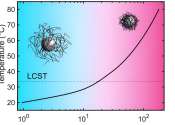Enhancing sweet potato quality analysis with hyperspectral imaging and AI
Sweet potatoes are a popular food choice for consumers worldwide because of their delicious taste and nutritious quality. The red, tuberous root vegetable can be processed into chips and fries, and it has a range of industrial ...









